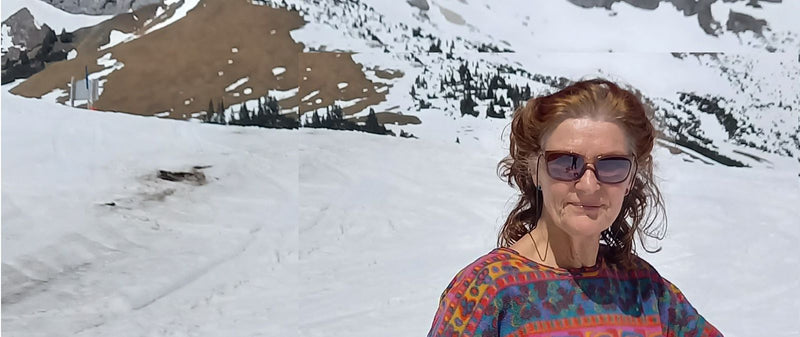Monika Sprenger, a sporty 70-year-old woman, loves hiking in the mountains. She often travels from her hometown of Starnberg to the Ammergau Alps. On November 3, 2024, her path once again led her to Bad Kohlgrub, from where she began the ascent to the Hörnle Hut. An acquaintance initially accompanied her until, after a snack, they parted ways, as Mrs. Sprenger wanted to take the steeper route and her friend a flatter one. Mrs. Sprenger has walked this trail many times and knows the route well. She effortlessly reached her destination at the top station of the Hörnle cable car around 1:00 p.m. But then, things suddenly took a dramatic turn. Mrs. Sprenger collapsed unconscious without warning and would have died without assistance. But through a stroke of fate, her life was saved:
By chance, it was the last day of operation of the Hörnle cable car before its scheduled overhaul. To prepare for this, three cable car employees were exceptionally busy at the mountain station. And as luck would have it, they saw Ms. Sprenger collapse. They quickly realized it was a matter of life and death. With lightning speed, quick thinking, and careful action, they set a rescue chain in motion, drawing on their emergency services expertise. The mountain rescue service and the rescue helicopter with an emergency doctor were immediately alerted, and just as immediately, two employees began resuscitation of Ms. Sprenger. The third sprinted to the Hörnle Hut, 50 meters away, knowing that a defibrillator was installed there.
Within minutes, the defibrillator was deployed, and after just two shocks, the patient developed a stable heart rhythm. The suspension railway staff managed to keep Ms. Sprenger's circulation stable until the helicopter and mountain rescue team arrived. When the emergency medical team took over, they were visibly overwhelmed by the rescue efforts and the courageous The intervention of the suspension railway employees is impressive. This example underscores the importance of first aid and the availability of defibrillators, especially in remote areas. The first few minutes are crucial, and by the time the emergency doctor arrives, it may already be too late.
Ms. Sprenger was flown to the Murnau Accident and Emergency Hospital, where she received stents and underwent three weeks of post-operative treatment after being discharged from the hospital. She is now back home and doing quite well. Her memory of the dramatic incident is completely erased, but she has since met with her rescuers and heard their stories. She is very aware of how lucky she was and is infinitely grateful to her rescuers and the hut owner, because only the defibrillator installed in the Hörnle Hut and the immediate and prudent actions of the cable car employees saved her life.








